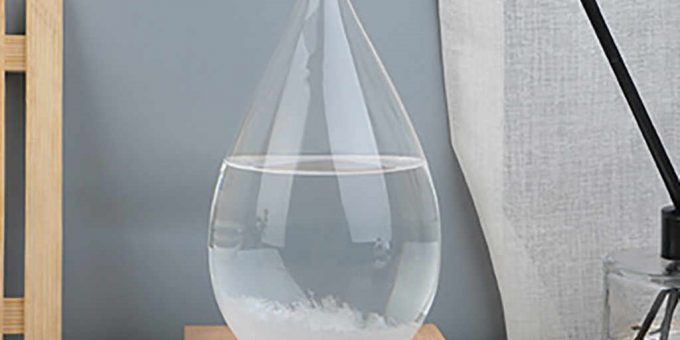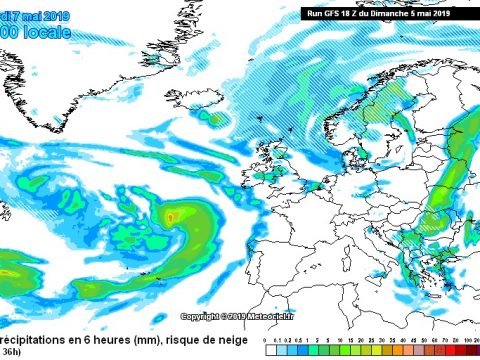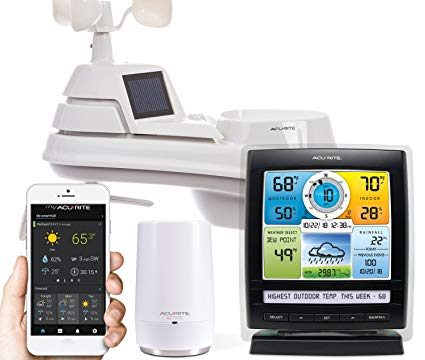
Storm glass is a meteorological instrument used to predict weather in the 19th century. It consists of a closed tube filled with a combination of three major chemicals dissolved in distilled water. It was used to predict different weather conditions based on the amount of crystallization and turbidity occurring in the liquid under varying atmospheric conditions. Before we begin to examine how a storm glass works, we need to take a quick look at its relative shot in history.
A Brief History
For some reason, the true inventor of storm glass is unknown. What we do know, however, is that a British naval officer named Admiral Robert FitzRoy was the person responsible for making him famous.
Admiral FitzRoy was an avid weather enthusiast, and during his time aboard HMS Beagle he conducted numerous experiments with storm glass and carefully documented all his findings.
A strong believer in the capabilities of storm glass, Admiral FitzRoy encouraged its use in the United Kingdom to help meteorologists make better weather forecasts, especially after a storm in 1859 caused hundreds of deaths at sea.
Because the more precise barometers of the time were too expensive to mass produce, the British Crown ordered large numbers of storm glasses be shipped to coastal towns and maritime communities in the British Isles.
At the time, storm glasses were commonly known as “FitzRoy’s storm barometers.”
In the late 1800s, mercury barometers became very affordable. As a result, storm glasses began to lose their popularity.




